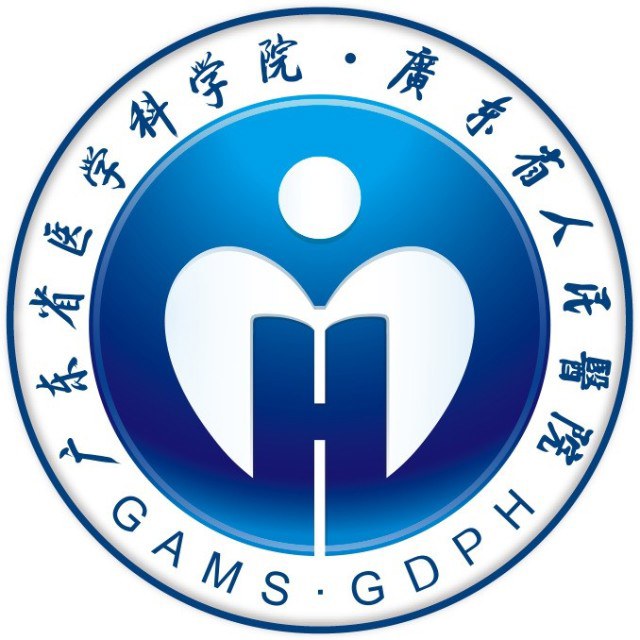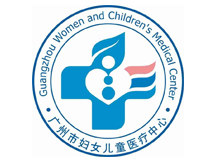免疫学介绍
- 科室成员:
-
暂无
- 详细介绍:
- BiographyDuring his PhD studies at Uppsala University (Sweden), Andrey Zavialov has studied the mechanism of prokaryotic translation termination and the regulation of translational GTPase activity。 As a result, he has published manuscripts in Cell (6 papers), Nature (2 papers) and other top journals such as Molecular Cell (3 papers) and Nature Structural Biology Two years before the end of his PhD studies, he has received Harold Weintraub graduate student award, which recognizes outstanding achievement during graduate studies in the biological sciences。 As a postdoctoral researcher, Andrey continued working on adenosine deaminase 2 (ADA2), the enzyme he discovered in immunoglobulin preparations while he was an undergraduate student in Russia。 His postdoctoral project was supported by the EMBO and HFSP fellowships and the research was carried out in France, Singapore and the U.S.A。 Andrey has successfully purified human ADA2, identified and cloned the ADA2 gene CECR1, crystallized the enzyme and discovered a previously unknown function of ADA2 in the immune system。 The published results have opened up a new field of research on ADAs as new growth factors/cytokines and explain why these enzymes are specific biomarkers for immune diseases and cancers。 In 2011 he started his own group at the University of Turku with the support of the Finnish Academy of Science。 There was a marked increase in the interest to ADA2 research after the publication of articles showing that mutations in the ADA2 gene are associated with immunological and developmental disorders in humans (NEJM, 2014), a joint work with Zavialov’s collaborators from the NIH, USA。 Currently, Andrey Zavialov is a Principal Investigator at Guangzhou Institute of Pediatrics。 He believes that studying the function and structure of ADAs and their role as cytokines is an exciting field of research with a real potential to generate new drugs and develop new therapeutic approaches for the diagnosis and treatment of immune diseases。 Indeed, pegylated-ADA2 is now included in a pipeline of Halozyme Therapeutics (San Diego, USA) as a potential drug to combat lung cancer。Brief description of current researchIt has been shown that adenosine plays an important role in the regulation of immune responses。 Adenosine accumulates at sites of inflammation and tumor growth and binds to adenosine receptors that are expressed by immune cells in response to activation signals。 However, the role of adenosine deaminases, which decrease the local concentration of adenosine, is still unclear。 Moreover, it remains puzzling why humans possess two enzymes, ADA1 and ADA2, with adenosine deaminase activity。 ADA1 is largely an intracellular enzyme that breaks down adenosine and reduces the concentration of the adenosine derivatives that are toxic to immune cells。 It has been found that mutations in the ADA1 gene lead to a severe combined immunodeficiency that is characterized by decreased antibody production and lower numbers of T and B cells。 In contrast to ADA1, ADA2 is a secreted protein expressed mainly by cells of the myeloid lineage, such as macrophages and dendritic cells。 Clinical studies have shown that the levels of ADAs in biological fluids are altered in pathophysiological conditions, suggesting that ADA activity could be a convenient marker for the diagnosis of immune diseases such as tuberculosis and oral cancer。 We have identified the gene encoding ADA2 and shown that it belongs to a new family of adenosine deaminase growth factors (ADGFs)。 The crystal structure of ADA2 reveals it to be a dimer with two chemokine-like domains that could potentially bind a putative ADA2 receptor。 We found that ADA2 binds to neutrophiles, CD16+ monocytes, NK cells and B cells that do not express CD26, a receptor for ADA1。 These observations suggest the existence of a new mechanism by which ADAs bind to and regulate the activity of different lymphocyte subsets。 Recently, patients with mutations in the gene encoding ADA2 (DADA2 patients) were identified。 These patients display multiple health problems such as early onset systemic inflammation, multiple ischemic strokes, panlymphopenia and hypogammaglobulinemia。 The aim of my project is to shed light on the function of ADA2, the enzyme that is currently thought to be a drug candidate to combat solid tumors, and find its clinical applications。Honors2011-2016 Research Fellow of the Finnish Academy of Science。2006-2009 Human Frontiers of Science Program (HFSP) long term Fellowship2006 EMBO long term Fellowship2003 Harold M。 Weintraub graduate student Award (Fred Hutchinson Cancer Research Center, USA)Selected Publications1、 Zavialov, A.V。, Buckingham, R.H。, and Ehrenberg, M。 (2001)。 A posttermination ribosomal complex is the guanine nucleotide exchange factor for peptide release factor RF3。 Cell 107, 115-124。2、 Zavialov, A.V。, Mora, L。, Buckingham, R.H。, and Ehrenberg, M。 (2002)。 Release of Peptide Promoted by the GGQ-Motif of Class 1 Release Factors Regulates the GTPase Activity of RF3。 Molecular Cell 10, 789-7983、 Rawat, U.B.S。, Zavialov, A.V。, Sengupta, J。, Valle, M。, Grassucci, R.A。, Linde, J。, Vestergaard, B。, Ehrenberg, M。 and Frank, J (2003) A cryo-electron microscopic study of ribosome-bound termination factor RF2。 Nature 421,87-90。4、 Pedersen, K。, Zavialov, A。, Pavlov, M。, Elf, K。, Gerdes, K。 and Ehrenberg, M。 (2003)。 The bacterial toxin RelE displays codon specific cleavage of mRNAs in the ribosomal A-site。 Cell。 112, 131-140。5、 Zavialov, A。, and Ehrenberg, M。 (2003) Peptidyl-tRNA regulates the GTPase activity of bacterial translation factors。 Cell, 113, 113-22。6、 Valle, M。, Zavialov, A。, Sengupta, J。, Rawat, U。, Ehrenberg, M。, and Frank, J。 (2003) Locking and unlocking of ribosomal motions。 Cell, 113, 123-34。7、 Allen, G。 S。, Zavialov, A。, Gursky, R。, Ehrenberg, M。, and Frank, J。 (2005)。 The Solution Structure of a Translation Initiation Complex from Escherichia coli at 13.8 ?。 Cell 121, 703-128、 Zavialov, A。 V。, Hauryliuk, V。 V。, and Ehrenberg, M。 (2005)。 Splitting of the post-termination ribosome into subunits by the concerted action of RRF and EF-G。 Mol。 Cell 18, 675-686。9、 Zavialov, A。 V。, and Engstr?m, ?。 (2005)。 Human ADA2 belongs to a new family of growth factors with adenosine deaminase activity。 Biochemical J 391, 51-57。10、 Gao, H。, Zhou, Z。, Rawat, U。, Huang, C。, Bouakaz, L。, Wang, C。, Cheng, Z。, Liu, Y。, Zavialov,A。, Gursky, R。, Sanyal, S。, Ehrenberg, M。, Frank, J, Song, H。 (2007) RF3 Induces Ribosomal Conformational Changes Responsible for Dissociation of Class I Release Factors。 Cell。 129, 929-941。 11。 Zhou, Q。, Yang, D。, Ombrello, A.K。, Zavialov, A.V。 at al。 (2014)。 Intermittent Fever and Early-Onset Stroke Due to Mutations in ADA2。 N Engl。 J Med。 370, 911-2012、*Kaljas, Y。, *Liu, C。, *Skaldyn, M。, Wu, C。, Zhou, Q。, Lu, Y。, Aksentijevich, I。, #Zavialov, A。 V。 (2017) Human adenosine deaminases ADA1 and ADA2 bind to different subsets of immune cells and modulate their response to extracellular adenosine。 Cellular and Molecular Life Sciences。 74: 555-570。
展开查看更多
收起全文
健康资讯
- 2025-01-11臀肌挛缩挂什么科
- 2025-01-07胃神经内分泌癌大细胞型严重吗
- 2025-01-03半卵圆区多发腔隙性脑梗塞是什么意思
- 2024-12-30湿热病有哪些症状
- 2024-12-25荨麻疹的典型特征
- 2024-12-21胎盘低置胎盘前置
- 2024-12-17孩子拉肚脱水症状
- 2024-12-13先天性无月经能治好吗?
- 2024-12-08颈源性眩晕的治疗方法有哪些?
- 2024-12-04眼内异物处理方法不包括

 广东省人民医院
广东省人民医院
 南方医科大学南方医院
南方医科大学南方医院
 南方医科大学珠江医院
南方医科大学珠江医院
 广东省妇幼保健院
广东省妇幼保健院
 广州新世纪医院
广州新世纪医院
 祈福医院
祈福医院
 广东三九脑科医院
广东三九脑科医院
 广州市妇女儿童医疗中心
广州市妇女儿童医疗中心

